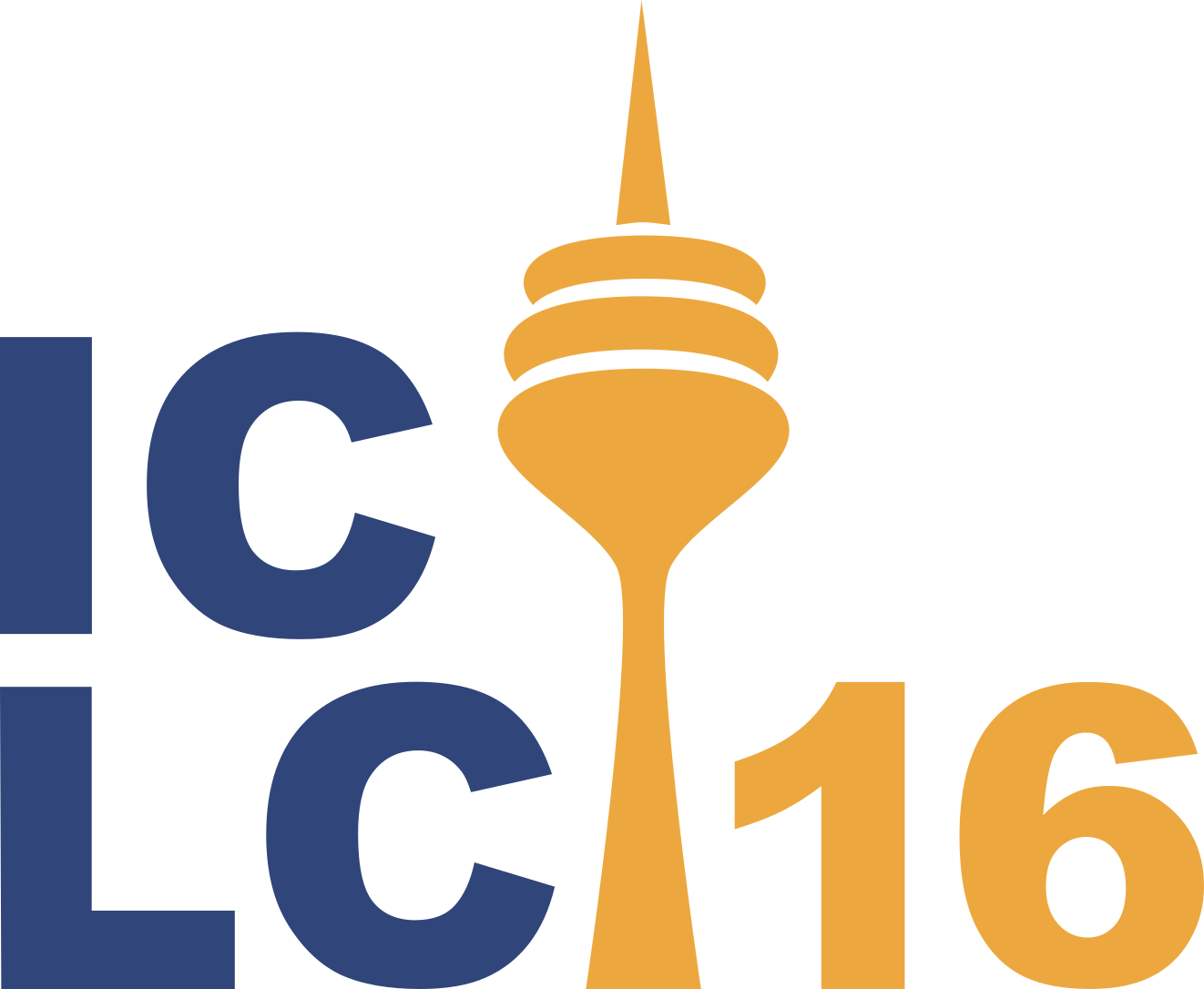Fuyin (Thomas) Li
Several prominent theoretical models in Cognitive Linguistics are based on a systematic study of the meaning-form mapping between the syntactic and semantic levels. Thus, the two-way typology studies the mapping of the semantic element PATH onto its formal expression as the verb or satellite (Talmy 1985, 1991, 2000). The manner/result complementarity hypothesis is based on the distribution of MANNER and RESULT in the verb (Levin & Rappaport Hovav 1991). And English resultative constructions are studied at the syntactic level over a clause (Goldberg & Jackendoff 2004).
The size of a semantic element tends to vary with the size of its corresponding syntactic element — a correspondence of granularity. Thus, the concept of PATH is finer grained than that of EVENT at the semantic level. And, correlatively at the syntactic level, the former may correspond to a lexical form and the latter to a clause. Similarly, a verb is syntactically finer-grained than a clause. It seems that few, if any, of the models cited above include a diachronic perspective of the macro-event at the semantic level. The Macro-event Hypothesis has been proposed at the level of semantics to reflect the evolutionary trend of a language (Li 2020, 2022). Simply put, languages may generally fall into two broad categories, macro-event type languages and non-macro-event type languages. Alternatively, it can be stated in a more elaborated way as follows.
The Macro-event Hypothesis: A language can generally use a construction in which one clause is in a certain syntactic relation with another clause to represent, correspondingly, a situation in which one event is in a certain semantic relation with another event. Some semantic relations, such as manner and cause, are privileged, while others, such as an if-then conditional, are not. For the privileged cases, some languages can use a single clause to represent the entire situation as a single larger event, termed a “macro-event”. In such cases, human cognition can treat the same situation either more analytically as discrete simpler events with a connection, or more synthetically as a unitary integrated complex event. This dichotomy might alternatively be viewed as a continuum in several aspects. With corresponding semantic gradations, there might exist syntactic gradations from a double to a single clause representation and, within the single clause, from less to more grammaticalized for some constituents. Diachronically, a language might then progressively change its representation of a privileged relation from having solely a highly analytic one to also having a highly synthetic one. On this basis, languages may fall into two major categories: Macro-event languages and non-macro-event languages, which then might be further divided into four distinctive types, respectively: steady state macro-event languages (language steadily using macro-event expression throughout of its history) versus conflated macro-event languages (language gradually forming macro-event expression by event integration, or clause combination), and steady state non-macro-event languages (language steadily using non-macro-event expression throughout of its history) versus deconflated non-macro-event languages (language steadily decomposing macro-event expression to non-macro-event expression throughout of its history).
The theme session intends to verify the recent claim made in the recent literature (Li 2018, 2019) that Mandarin is a conflated Macro-event language. In this theme session, patterns, rules and regularities exhibited in the evolutionary pathway of semantic elements at different granularities —including PATH, MANNER, CAUSE, EVENT, RESULTATIVE, MACRO-EVENT, etc.— are explored, in connection with their linguistic forms —including verb, satellite, preposition, directional, complement, verb complex, serial verb, etc. In the intended them session, there are 13 abstracts from 8 institutions.
